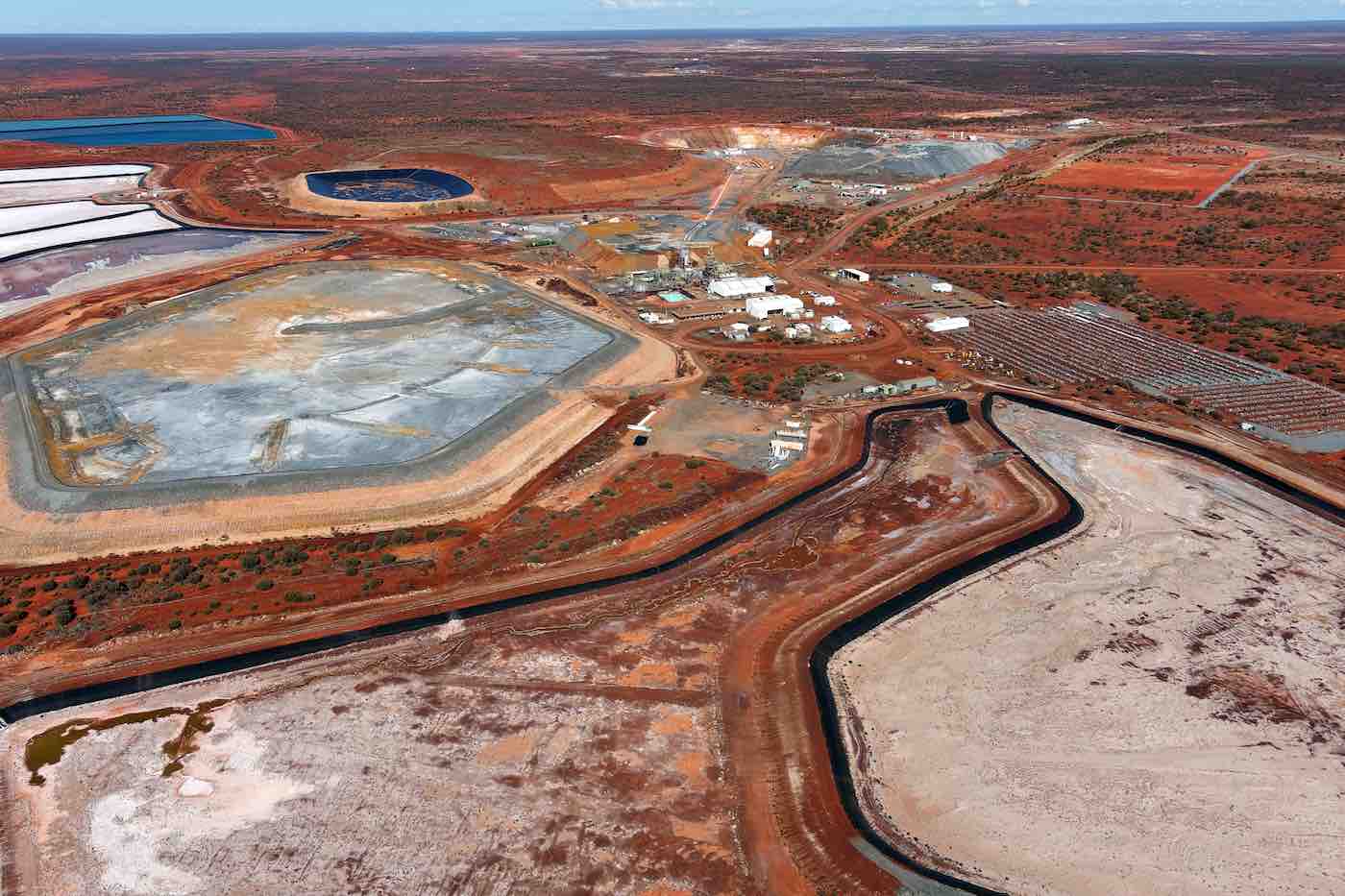
Blue carbon refers to carbon dioxide stored in coastal wetlands including mangroves, sea grasses and salt marshes. Activities around it provide environmental, economic and social benefits for local communities and the world at large.
The Queensland Blue Carbon Program explores Queensland’s Blue Carbon potential, including mapping of Blue Carbon stocks and sequestration rates. It is a multi-sector research and development collaboration amongst academia, project developers and industry, which examines opportunities for Blue Carbon additionally in the Great Barrier Reef (GBR) catchment.
The main activities of the program include:
In this article, GRT evaluates different aspects of the Queensland Blue Carbon Program. These include the program background, opportunities and where to act and drivers for the distribution of Blue Carbon in the coastal wetlands of the GBR.
Blue carbon ecosystems are among the most efficient carbon sinks, however these ecosystems are declining globally. Because of their ability to capture CO2, there is an increasing recognition of their role in climate change mitigation, and consequently, a growing demand to incorporate blue carbon into natural greenhouse gas accounts.
Deakin’s Blue Carbon Lab will help put Queensland at the forefront of international efforts to incorporate coastal carbon within CO2 mitigation strategies, thereby helping to mitigate climate change while also improving other ecosystem services:
These are some of the opportunities for blue carbon in QLD and where to act:
Datasets from soil carbon sampled across mangrove forests and seagrass meadows were used to model soil carbon stocks in the GBR catchments. The information was combined with data on seventeen biophysical and anthropogenic predictors known to influence carbon distribution in coastal wetland to understand what drives the variability in blue carbon soil stocks and create a heat map of blue carbon soil stocks within the GBR catchments.
The findings were as follows:
In conclusion
Queensland’s Blue Carbon Program builds QLD’s Blue Carbon future and expands carbon farming through development of a new Blue Carbon market. In our next article, GRT will evaluate the importance of erosion control in the carbon cycle and show how its work on erosion control could generate carbon credits under programs such as the Queensland Blue Carbon Program.
Your feedback is important to us. If you enjoyed reading this Global Road Technology industry update and found it informative, please let us know by leaving a REVIEW.
References
https://www.bluecarbonlab.org/qldblue/#prettyPhoto
Are environmental regulations, health and safety concerns or potential profit loss a concern right now?
Contact Us Now